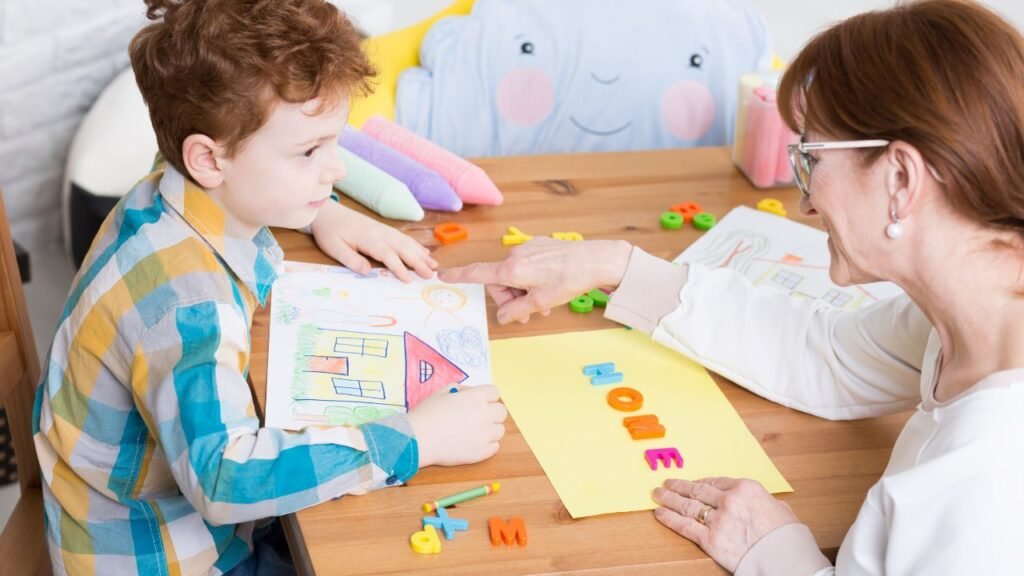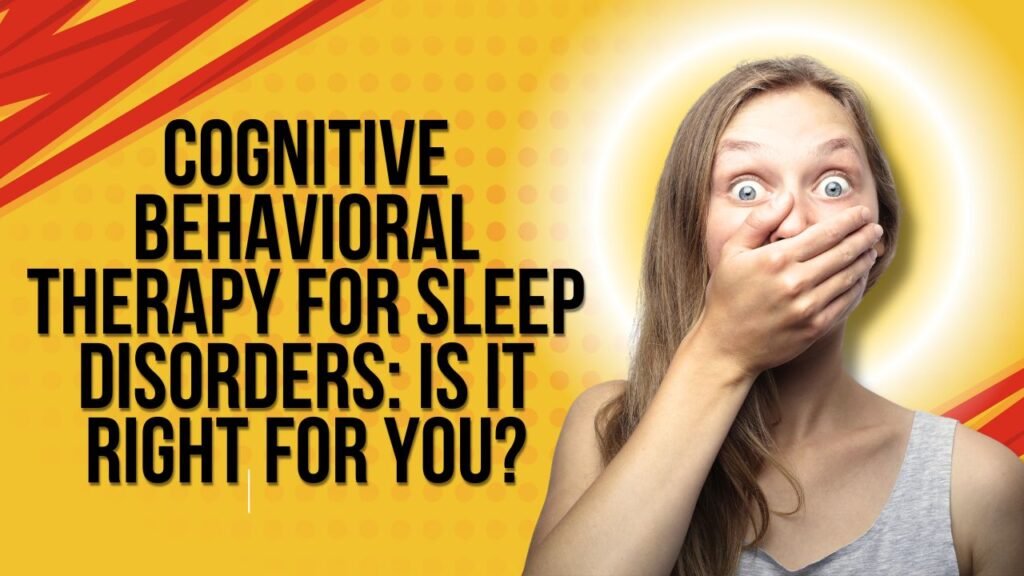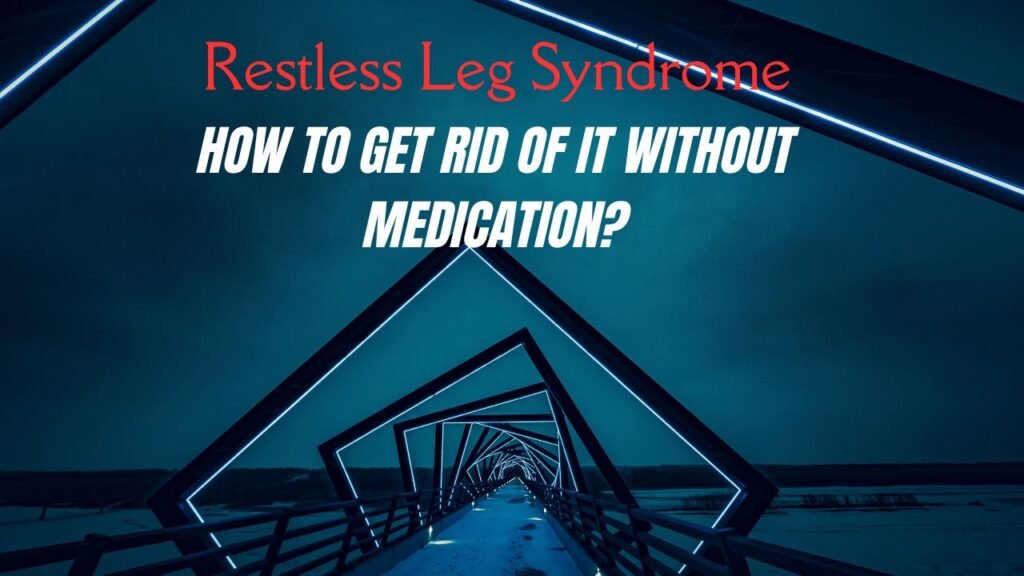Table of Contents
Cognitive Behavioral Therapy for Sleep Disorders: Sleep is one of the essential pillars of our well-being but millions of people around the world are afflicted with sleep disorders that make even getting enough rest a challenge.
States like insomnia, restless legs syndrome and the rare knitting of all of these well into the night can reduce us to a drained state of being.
If you’re tired of counting sheep and are looking for long-term solutions, you may have come across Cognitive Behavioral Therapy for Insomnia (CBT-I). But what is it, and how does it work? Let’s take a closer look at this evidence-based therapy to see if it’s right for you.
Understanding Cognitive Behavioral Therapy for Sleep Disorders
Sleep disorders are not simply the occasional sleepless night. They are chronic conditions that disrupt your ability to fall asleep, stay asleep or awaken refreshed.
One of the most prevalent sleep disorders is insomnia, which impacts millions worldwide. Insomnia can present as trouble falling asleep, waking up too early, or sleeping poorly, leaving you tired.
There are a number of treatments available for sleep disorders, but CBT-I has become a gold standard in addressing insomnia, along with medication and lifestyle changes.
Medications often go after symptoms, whereas CBT-I aims to tackle the root causes of sleeplessness by adjusting how you think about and approach sleep.
What Is Cognitive Behavioral Therapy for Sleep Disorders?
Cognitive Behavioral Therapy for Insomnia (CBT-I) is an adaptation of CBT that is specifically tailored to assist those struggling with their sleep.
This is a more traditional CBT style, which aims to identify and change patterns of thought and behavior that have a negative impact on mental health. CBT-I applies these principles directly to sleep, setting our sights on unhelpful beliefs and practices that get in the way of good rest.”
CBT-I is usually administered by a trained therapist over several weeks, in person or via online platforms.
The therapy blends cognitive strategies for challenging distorted thinking with behavioral techniques for building healthy sleep habits. It is structured, goal-oriented and supported by decades of research that shows it works.
The Cognitive Aspect: Learning to Think Differently About Sleep
Many insomniacs become anxious or frustrated about their inability to sleep. They may lie awake fretting about what sleeplessness may be doing to their health, their productivity or their relationships.
This cycle of worry and hyperarousal can keep going throughout the night and lead to insomnia, making a self-fulfilling prophecy.
CBT-I aims to disrupt this spiraling cycle by helping people reframe how they think about sleep.
Through cognitive restructuring, you and a therapist work together to identify irrational or exaggerated beliefs, like “If I don’t get eight hours of sleep, I won’t be able to function tomorrow.”
The thoughts are then reframed to be more balanced and realistic — for example, “Even if I don’t sleep perfectly tonight, I’ve done it before and will find a way to make it through the day.”
By helping you to tackle these cognitive distortions, CBT-I eases the mental anxiety around sleep, meaning you go to bed with a calmer, more positive mind-set.
The Behavioral Aspect: Creating Healthy Sleep Patterns

Cognitive Behavioral Therapy for Sleep Disorders: The behavioral angle of CBT-I works to alter patterns and behaviors that affect sleep quality.
The interventions seek to retrain your brain and your body to associate the bed with restful sleep instead of stress or wakefulness.
One approach is sleep restriction therapy. Although it might sound counterproductive, this method is about restricting the number of hours you spend in bed to match your sleep time.
If you’re in bed for eight hours but sleep only five, for instance, your therapist might recommend that you stay in bed only five hours initially. Your time spent in bed is then increased slowly over time as your sleep efficiency increases.
Stimulus control therapy is another key technique. This is useful for breaking the association of being in bed with worrying, scrolling through your phone, or watching television.
It includes simple rules like using the bed only for sleep and sex, getting out of the bedroom if you can’t fall asleep within 20 minutes, and coming back only when you feel sleepy.
CBT-I also emphasises the importance of relaxation methods such progressive muscle relaxation, deep breathing, and mindfulness meditation.
These activities help release physical and mental tension so that you can more easily drift off to sleep.
How Is CBT-I Different from Other Treatments?
CBT-I has some significant advantages, one of which is that it addresses long term solutions for insomnia.
Sleep medications, while a temporary solution, can have negative side effects and dependencies, and stop working over time. Unlike other approaches, CBT-I provides people with be skills and knowledge to use for a lifetime.
Another thing that makes CBT-I unique is its focus on individualized care. The therapy is customized to your individual sleep struggles, considering details such as your schedule, sleep setting and other conditions you also have.
Whether you suffer from chronic insomnia or sporadic sleep disruptions, CBT-I tailors itself to fit your needs.
Is CBT-I Right for Everyone?
Although CBT-I is proven effective, it isn’t for everyone. It is an active therapy and requires you to dedicate time and effort, working on homework assignments, sleep diaries, and practicing new skills.
If you’re seeking a quick fix or aren’t willing to alter your routine, CBT-I may not be the way to go.
Also, certain sleep disorders like sleep apnea may require medical treatment beyond what you can achieve with CBT-I.
If you are failing to sleep due to underlying health issues, it’s important to concern with a health care professional to discover a full diagnosis and plan for treatment.
But if you’re ready to confront your sleep problems directly, and do the work, CBT-I provides a proven path to better sleep.
What to Expect During CBT-I
Cognitive Behavioral Therapy for Sleep Disorders: If you decide to give CBT-I a try, the process typically starts with an assessment of your sleep habits, patterns, and challenges.
That information allows your therapist to work with you in a personalized treatment plan. During a series of sessions, you collaborate to identify and tackle the reasons for your sleep troubles.
If you’re working with a therapist, use tools such as sleep diaries to track your progress and patterns. These records give you insights into your sleep behavior and can help you optimize the therapy.
Sessions may consist of a combination of education, cognitive restructuring, behavioral coping strategies, and relaxation techniques.
It’s all done collaboratively, with the therapist inviting the client to help come up with ideas that can get you sleeping better.
How to Get Started with CBT-I

If CBT-I might be a good match for you, the first step is to find a qualified therapist.
Find someone with experience in sleep disorders or trained to provide CBT-I. Numerous therapists are now providing virtual sessions — making it more accessible than ever.
If finding a therapist isn’t possible, explore self-guided options, too. There are online programs, apps and books that present CBT-I principles in a user-friendly manner.
These alternatives can still be very helpful to many people, even though they might not be as one-on-one as seeing a therapist.
Conclusion: Cognitive Behavioral Therapy for Sleep Disorders
Cognitive Behavioral Therapy for Sleep Disorders: Although sleep issues might be frightening, you don’t have to let them control your life.
Cognitive Behavioral Therapy for Insomnia provides a potent solution that not only addresses sleep issues, but gets to the root of the problem for sustainable rest.
CBT-I helps you do this by reframing your thinking about sleep and helping you develop healthier habits so you can take back control of your nights — and your days.
If you’re ready to leave sleepless nights behind and discover the restorative magic of sleep, CBT-I may be just what you need to try.





